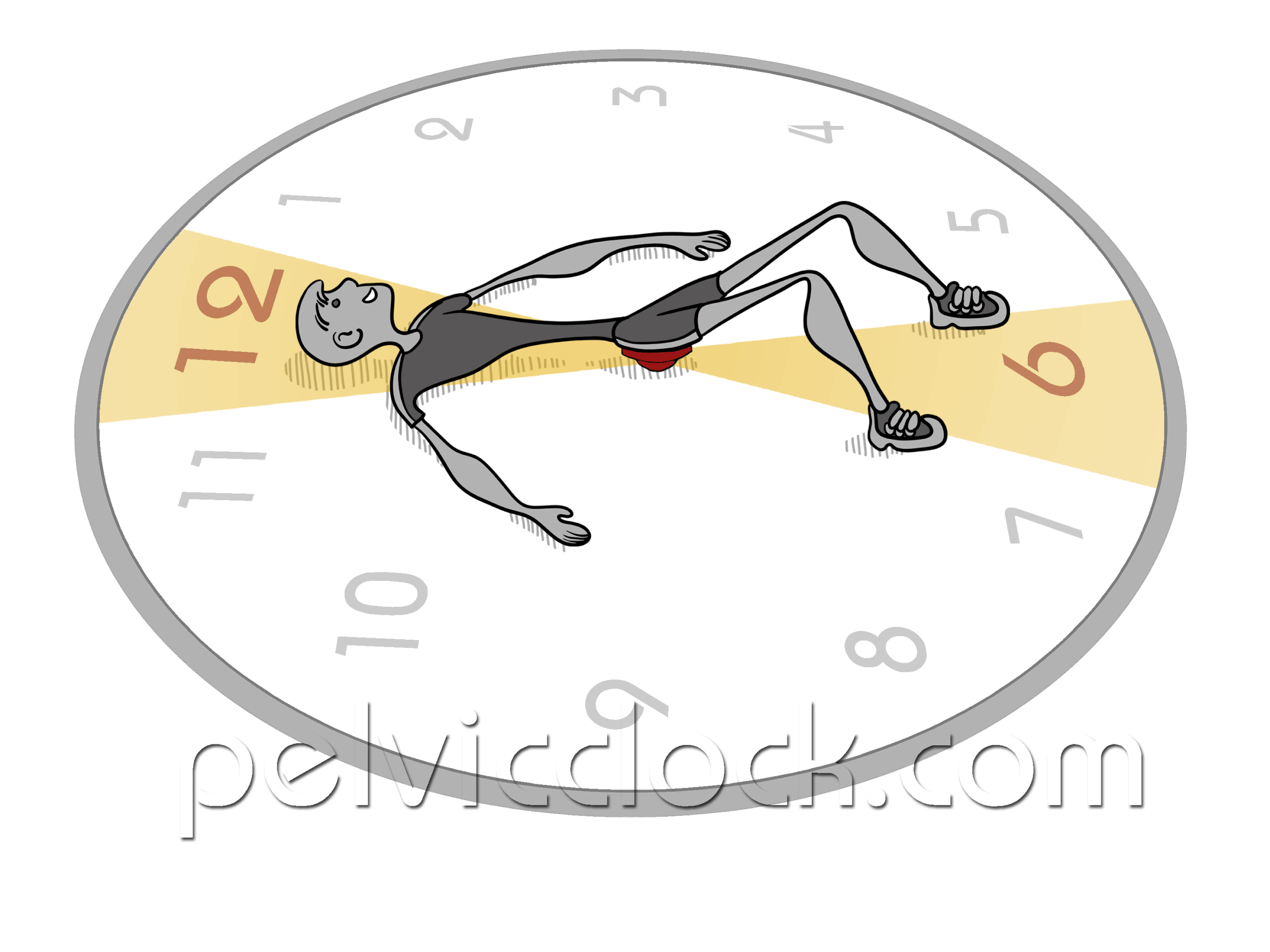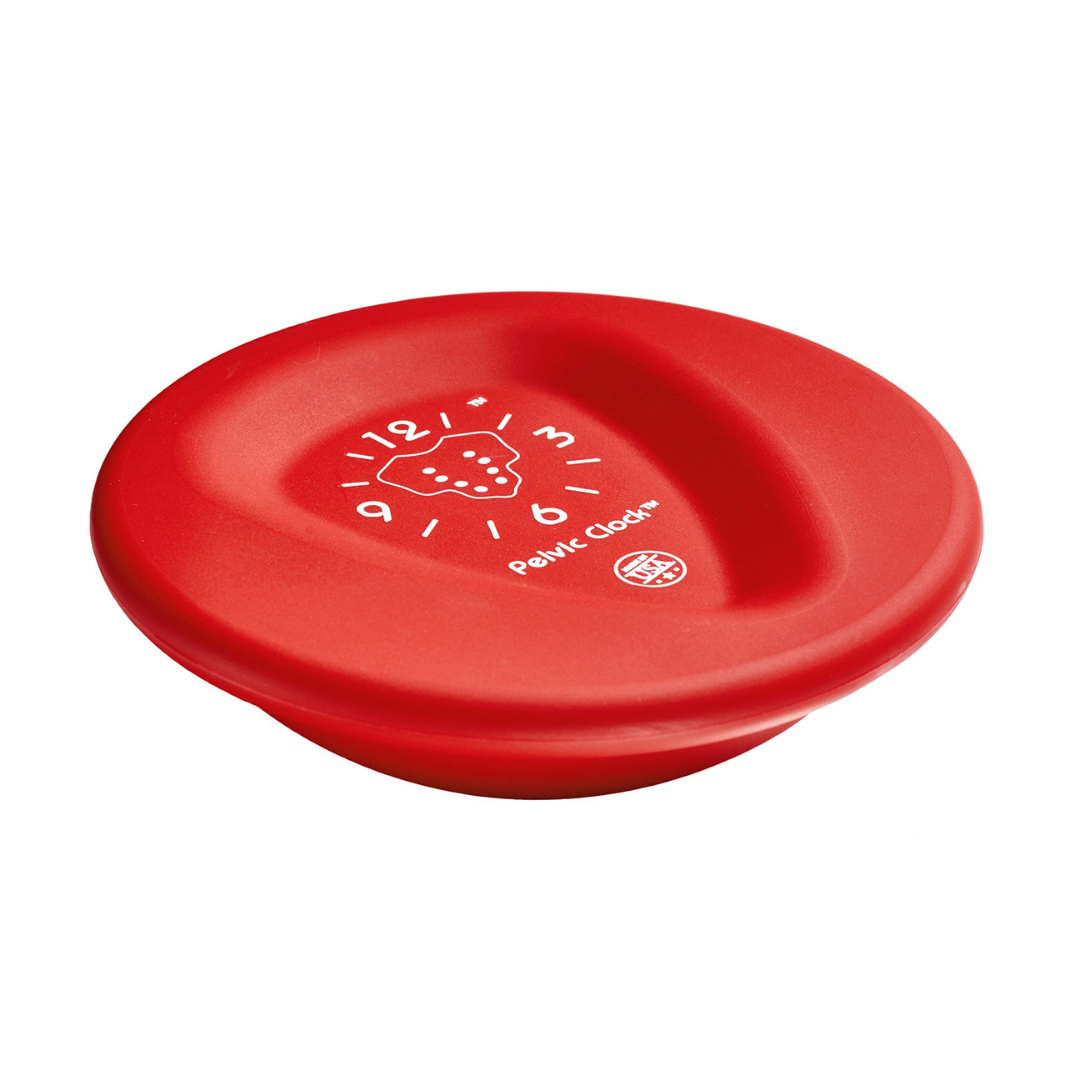Pelvic Tilt Exercise
Igor Gershengorin
By Yana Blinova, MS, Inventor of Pelvic Clock® Exercise Device, Former Olympic Coach
What is a Pelvic Tilt Exercise?
The Pelvic Tilt Exercise is a small, subtle movement of the pelvis in a certain direction.
Variations of Pelvic Tilt Exercises
Depending on the direction, a Pelvic Tilt Exercise activates muscles on the front, back and side of the core.
There are many ways to do these exercises: lying down, standing, sitting, and on hands and knees.
Pelvic Tilt Exercises are used in a vast variety of physical therapy treatments for the lower back, hips, pelvic floor, and abdomen.
Why do Physical Therapists recommend Pelvic Tilts?
They are Safe for everyone, including pregnant women and patients regaining muscle control after a surgery.
Pelvic Tilt Exercises are Easy to Do at home.
It takes a few minutes to learn basic pelvic movements: forward, back and side-to-side; and you can easily do your pelvic tilts in bed.
Benefits of Pelvic Tilt Exercises
Everyone should add 5 minutes of pelvic tilting to their daily exercise routine and take advantage of their numerous benefits.
Pelvic Tilt Exercises boost stability and flexibility of the lumbar spine, SI joints, sacrum, and hips. It’s also a “wake-up” exercise for dormant core muscles.
On top of that, regular pelvic tilting stimulates circulatory, urinary, digestive, and reproductive systems.
If you want to get the most out of your Pelvic Tilts, try the Pelvic Clock®, a portable exercise device, developed by a former Olympic coach and manufactured in the USA.
Why use the Pelvic Clock®?
The Pelvic Clock® was designed to facilitate Pelvic Tilt Exercises. This lightweight, sturdy tool makes pelvic tilting more effective for the following reasons:
Elevation
The Pelvic Clock® device adds 2 inches of elevation and a third dimension to supine pelvic tilts, which are performed on a flat surface. This elevation allows you to stretch deep lower back muscles that are otherwise impossible to reach.
Lumbar Traction
The elevation of Pelvic Clock® also provides lumbar traction. Simply hold a pelvic tilt for 15-30 seconds to decompress the lumbar spine and increase the space between your L4 and L5 vertebrae.
Directions of the Pelvic Movement
You can target a specific muscle or joint by tilting the pelvis in a precise direction, using the numbers of the clock as a guide.
For example, 1 o'clock corresponds to the left SI joint and 11 o'clock to the right SI joint.
Tilting the pelvis in a certain direction helps to correct the following misalignments of the pelvis:
Pelvic Tilt Exercise are recommended for the treatment of the following conditions:
Do pelvic tilts help sciatica?
Pelvic Tilt Exercises are used in physical therapy in the treatment of the sciatic nerve but the outcome depends on how advanced the inflammation is. Learn more:
Can Pelvic Tilt Exercises improve posture ?
Proper posture is not limited to the neck and shoulders. It involves the entire body (head to toe) and the pelvis and spine play a major role.
Pelvic tilt exercises achieve a neutral position of the spine, symmetry in the pelvis, and correct postural imbalances such as:
What muscles are affected by Pelvic Tilts?
When practiced regularly, pelvic tilts activate and strengthen deep core muscles and ease tension in the following lower back muscles:
Which Pelvic Tilt Exercise is right for my condition?
If your diagnosis was confirmed by the doctor, click on your specific condition listed above, to access a free PDF guide with Pelvic Clock® Exercises appropriate for that condition.
You can also find pain relief by using your own intuition to direct the pelvic tilts. For example, if tilting your pelvis in one direction increases your pain, try to tilt it in the opposite direction.
If the 12 o'clock tilt is painful, you will probably feel pain relief around 6 o'clock. Take your time and slowly explore your body.
If you're unsure whether you're doing the exercises correctly, you can book a one-on-one consultation with the device’s creator, Yana Blinova, MS, a former Olympic coach.









